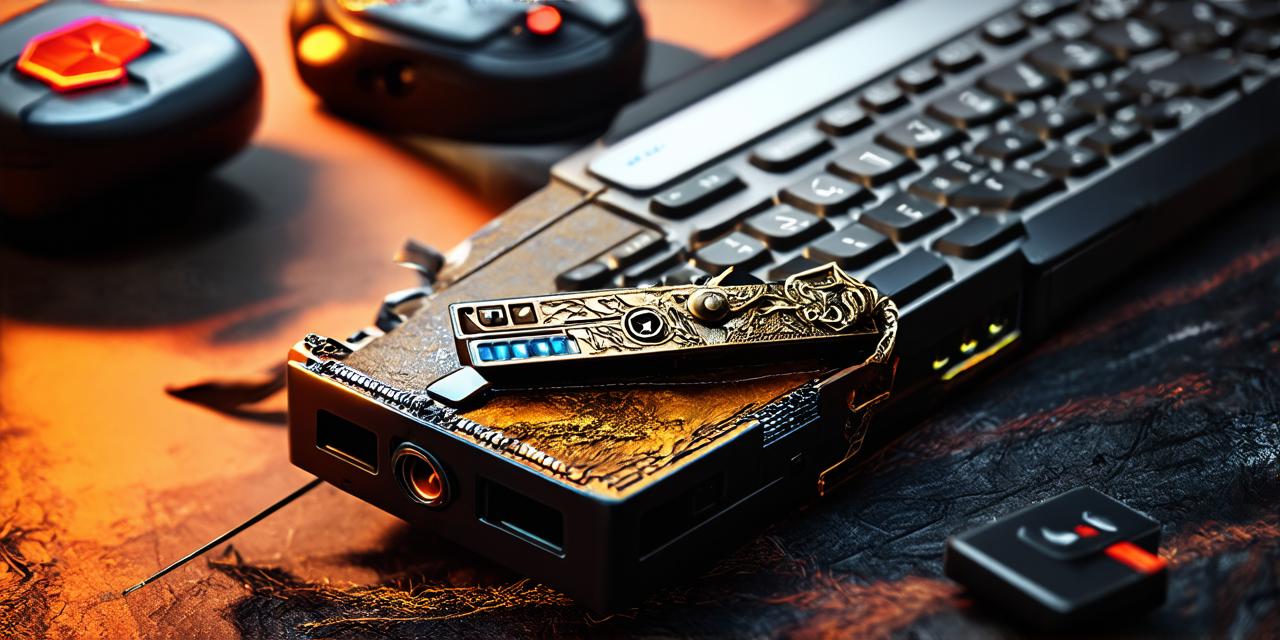
Game Designers vs Developers: The Importance of Collaboration
As the gaming industry continues to grow, the roles of game designers and developers are becoming increasingly blurred. While both professions involve creating games, they require different skill sets and have distinct responsibilities.
Game Designers vs Developers
At a high level, game designers are responsible for the creative aspects of game development, while developers focus on the technical implementation of games. Game designers are involved in brainstorming ideas, creating concepts, and designing levels, while developers are responsible for programming, testing, and debugging the game code.
Game Designers
Game designers are responsible for creating the overall vision and direction of the game, including its story, characters, levels, and mechanics. They use their creativity and design skills to come up with innovative ideas and concepts that will engage players and keep them coming back for more.
Some of the key responsibilities of game designers include:
- Conceptualizing game mechanics, characters, and levels
- Collaborating with artists, writers, and producers to ensure that the game’s creative vision is executed effectively
- Playtesting and iterating on game designs to ensure that they are fun and engaging for players
Developers
Developers, on the other hand, are responsible for bringing game designs to life. They use programming languages, tools, and techniques to create the code that powers the game’s mechanics, graphics, and sound effects.
Some of the key responsibilities of developers include:
- Writing code for game mechanics, graphics, and sound effects
- Debugging and testing code to ensure that it is working correctly and efficiently
- Optimizing code for performance and memory usage
The Importance of Collaboration between Designers and Developers
Despite their different roles, game designers and developers need to work closely together to create successful games. Without collaboration, a game’s design may not be technically feasible, or its mechanics may not be enjoyable for players.
The following case study illustrates the importance of collaboration between designers and developers in game development.
Case Study: The Development of Minecraft
Minecraft is a popular sandbox-style adventure game that was created by Swedish programmer Markus Persson (also known as Jeb). However, the game’s initial success can be attributed to the collaboration between Persson and Dan Rosenfeld, who was hired as a developer to help with the game’s technical implementation.
According to Rosenfeld, one of the biggest challenges in developing Minecraft was figuring out how to create a game that was both fun and technically feasible on a wide range of devices. “When we started working on Minecraft, there were only a handful of computers that could run it,” he said. “We had to figure out how to make it work on everything from smartphones to high-end gaming consoles.”
Rosenfeld worked closely with Persson to optimize the game’s code for different platforms, and to ensure that its mechanics were enjoyable for players across a range of devices. This collaboration was critical to Minecraft’s success, as it allowed the game to be played by millions of people around the world on everything from desktop computers to smartphones.
FAQs
Here are some frequently asked questions about video game designers and developers:
- What are the main differences between video game designers and developers?
Game designers are responsible for creating the overall vision and direction of the game, while developers focus on the technical implementation of games.
- Can game designers and developers work independently?
While it is possible for game designers and developers to work independently, collaboration between these roles is essential for creating successful games.
- What are some common challenges faced by game designers and developers in their roles?
Game designers face challenges such as coming up with innovative ideas and concepts that will engage players, while developers face challenges such as optimizing code for performance and memory usage. Collaboration between these roles is essential for overcoming these challenges.
Summary
The roles of video game designers and developers are complex and interdependent, but they are essential for creating the games we all love to play. By understanding the key differences between these roles and working together closely, designers and developers can create games that are both fun and technically feasible on a wide range of devices. So the next time you’re playing a video game, take a moment to appreciate the hard work and collaboration that went into making it possible.
